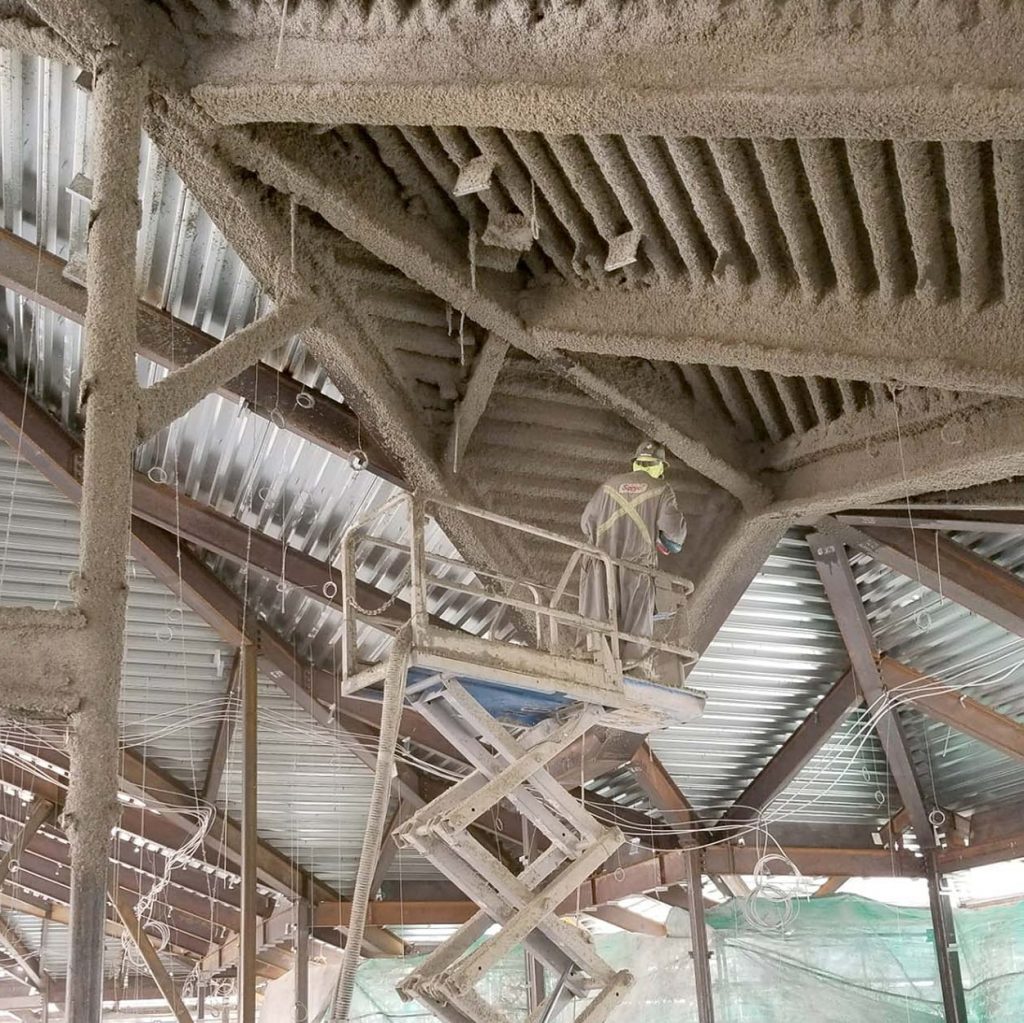In the realm of insulation materials, Type 3 insulation stands tall as a game-changer, revolutionizing the way we approach energy efficiency and safety in various industries. From construction and electrical engineering to automotive and aerospace, Type 3 insulation has emerged as a versatile solution that combines superior performance with enhanced protection. In this article, we delve into the depths of Type 3 insulation, exploring its composition, applications, benefits, and the latest advancements in this cutting-edge technology.
- Understanding Type 3 Insulation:
Type 3 insulation refers to a class of insulating materials designed to provide exceptional thermal resistance and electrical insulation properties. Unlike traditional insulation options, Type 3 insulation offers a unique combination of high-temperature resistance, flame retardancy, and dielectric strength. This makes it an ideal choice for applications that demand insulation in extreme environments or where safety is paramount. - Composition and Structure:
Type 3 insulation materials are typically composed of advanced polymers or composites that exhibit excellent thermal stability and electrical insulation characteristics. These materials are engineered to withstand high temperatures, resist the propagation of flames, and maintain their structural integrity even under challenging conditions. Additionally, Type 3 insulation often incorporates additives to enhance specific properties such as moisture resistance, UV stability, and chemical resistance. - Applications of Type 3 Insulation:
3.1 Electrical and Electronics Industry:
Type 3 insulation finds extensive use in the electrical and electronics industry, where it serves as a critical component in power cables, transformers, motors, and electrical equipment. Its ability to withstand high voltages, prevent electrical leakage, and resist thermal degradation makes it an indispensable choice for ensuring the safety and reliability of electrical systems.
3.2 Automotive and Aerospace Sectors:
In the automotive and aerospace sectors, Type 3 insulation plays a vital role in protecting wiring harnesses, connectors, and other electrical components from extreme temperatures, vibrations, and mechanical stress. Its lightweight nature, combined with exceptional insulation properties, makes it an ideal solution for enhancing fuel efficiency, reducing weight, and ensuring reliable performance in demanding environments.
3.3 Construction and Building Industry:
Type 3 insulation materials have also found their way into the construction and building industry, where they contribute to energy-efficient structures and enhanced fire safety. From insulating pipes and HVAC systems to providing fire-resistant barriers, Type 3 insulation helps regulate temperature, minimize energy loss, and mitigate the spread of flames, thereby improving overall building performance and occupant safety.
- Advancements and Future Prospects:
The field of Type 3 insulation is continuously evolving, driven by ongoing research and development efforts. Recent advancements include the integration of nanotechnology to enhance insulation properties, the use of sustainable and eco-friendly materials, and the development of smart insulation systems that can adapt to changing environmental conditions. These innovations promise to further improve the efficiency, durability, and safety of Type 3 insulation in various industries.
Conclusion:
Type 3 insulation has emerged as a transformative force, revolutionizing the way we approach insulation in industries ranging from electrical engineering to construction. Its unique combination of thermal resistance, electrical insulation, and flame retardancy has made it an indispensable choice for applications that demand high performance and safety. As research and development continue to push the boundaries of this technology, we can expect even more remarkable advancements in Type 3 insulation, paving the way for a future where efficiency and safety go hand in hand.


More Stories
Key Technical Features and Performance Indicators of a Gypsum Mortar Production Equipment Weighing System
Building Facilities Construction
5 Creative Uses for Single Wire Hooks in Everyday Life